interior design for small office
Interior Design for Small Offices

In today's competitive business world, having a well-designed office space is essential for creating a positive first impression, boosting employee productivity, and attracting and retaining top talent. However, if you're working with a limited budget or a small square footage, it can be difficult to know where to start.
Don't worry, we're here to help. In this article, we'll share our top tips for interior design for small offices, including:
- Choosing the right layout
- Using color and light to create a sense of space
- Optimizing your furniture choices
- Adding storage and organization
- Personalizing your space
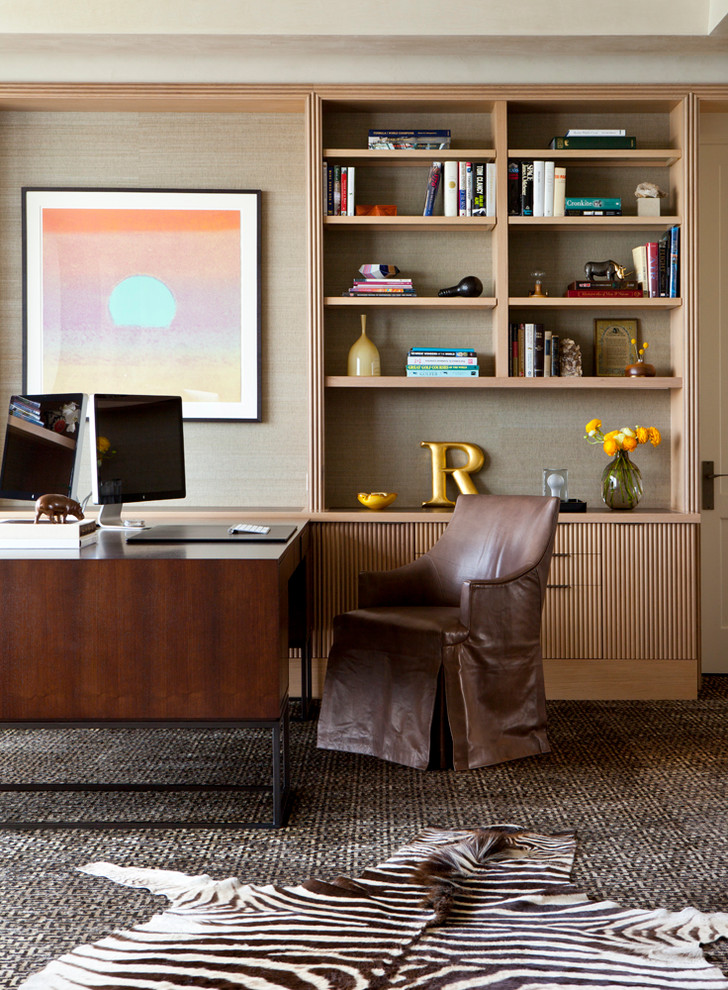
By following these tips, you can create a stylish and functional office space that meets the needs of your business and employees.
Choosing the Right Layout
The layout of your office is one of the most important factors in determining its functionality and efficiency. When you're working with a small space, it's important to choose a layout that maximizes the available space and makes it easy for employees to move around.
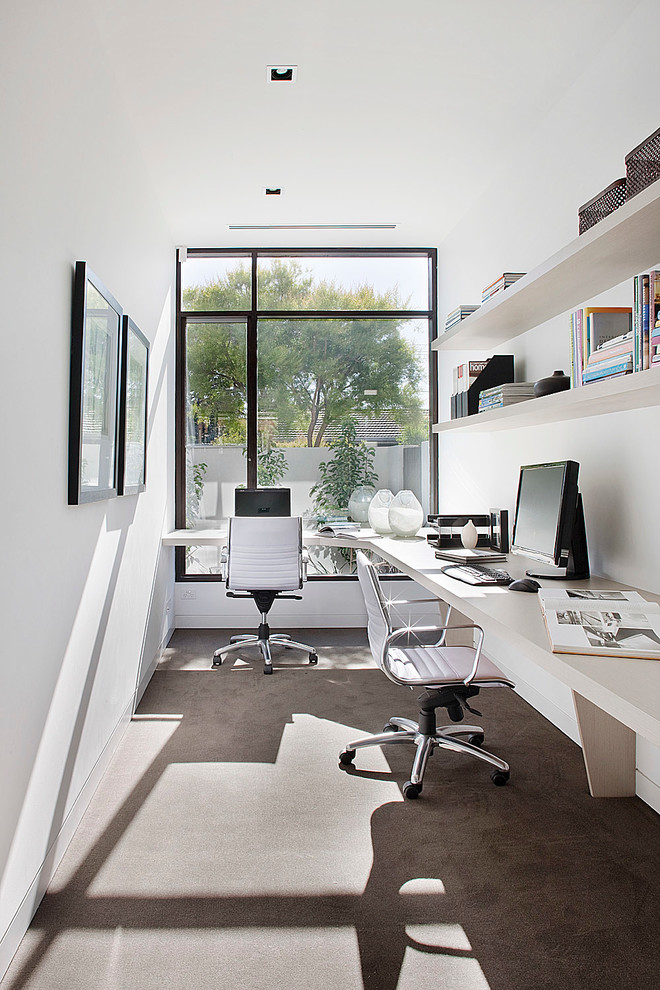
There are a few different layout options to consider, including:
- Open floor plan: An open floor plan is a great option for small offices because it creates a sense of space and openness. In an open floor plan, there are no walls or barriers between workstations, which allows for easy communication and collaboration.
- Workstation clusters: Workstation clusters are another great option for small offices. With this layout, workstations are grouped together in clusters, which creates a more intimate and collaborative work environment.
- Cubicles: Cubicles can be a good option for small offices if you need to create a more private work environment. However, cubicles can also make a space feel cramped and closed-in, so it's important to choose a size that's appropriate for your space.
No matter which layout you choose, make sure to take into account the specific needs of your business and employees. For example, if you have a team of employees who need to collaborate frequently, an open floor plan or workstation clusters might be a good option. If you have employees who need a more private work environment, cubicles might be a better choice.
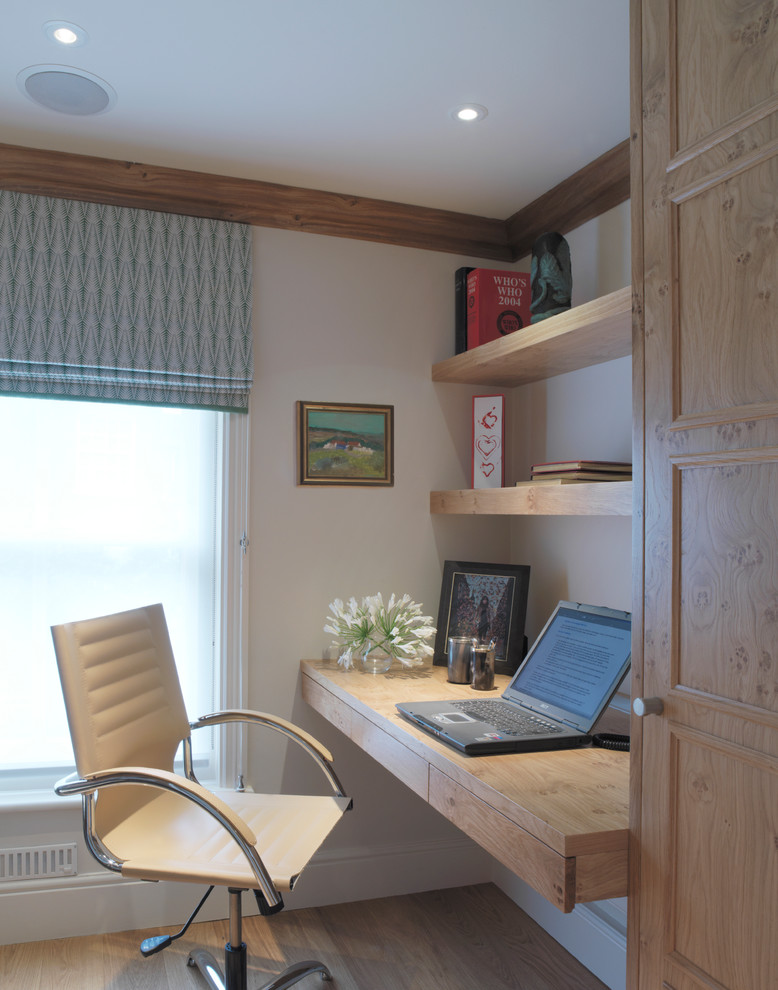
Using Color and Light to Create a Sense of Space
Color and light can be powerful tools for creating a sense of space in a small office. By using light colors and bright light, you can make a space feel larger and more inviting. Conversely, using dark colors and dim lighting can make a space feel smaller and more cramped.
When choosing colors for your office, it's important to consider the overall vibe you want to create. If you want a space that feels energetic and productive, choose bright, stimulating colors like yellow, orange, and red. If you want a space that feels more relaxed and calming, choose neutral colors like white, beige, and gray.
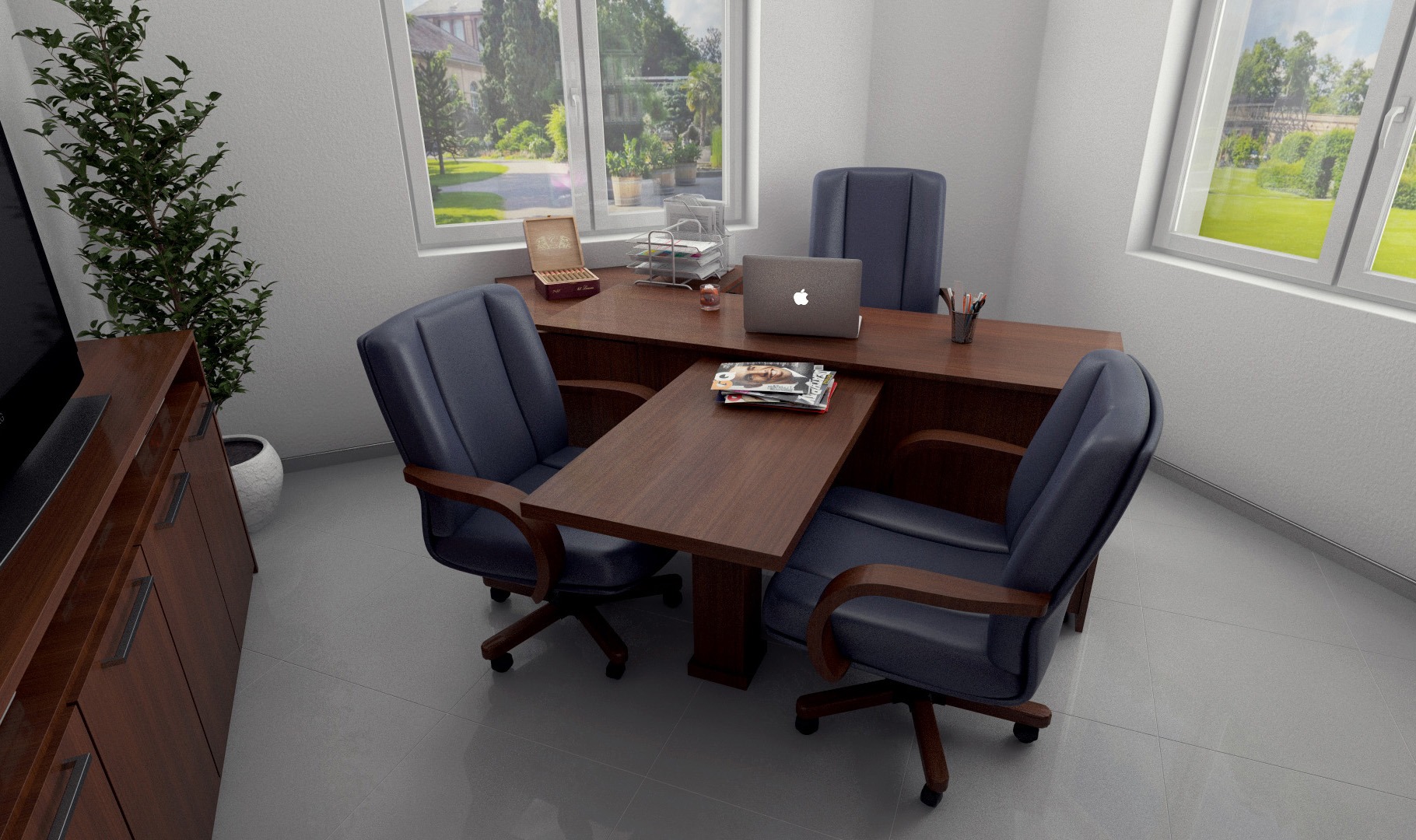
In addition to color, you can also use light to create a sense of space. Natural light is always best, but if you don't have a lot of windows, you can use artificial lighting to brighten up your space. Choose light fixtures that are directed towards the ceiling and walls, as this will help to bounce light around the room and create a more spacious feel.
Optimizing Your Furniture Choices
The furniture you choose for your office can make a big difference in the amount of space you have. When choosing furniture, opt for pieces that are compact and multi-functional. For example, choose a desk with built-in storage or a chair that can double as a guest seat. You can also use floating shelves or wall-mounted cabinets to create additional storage space.
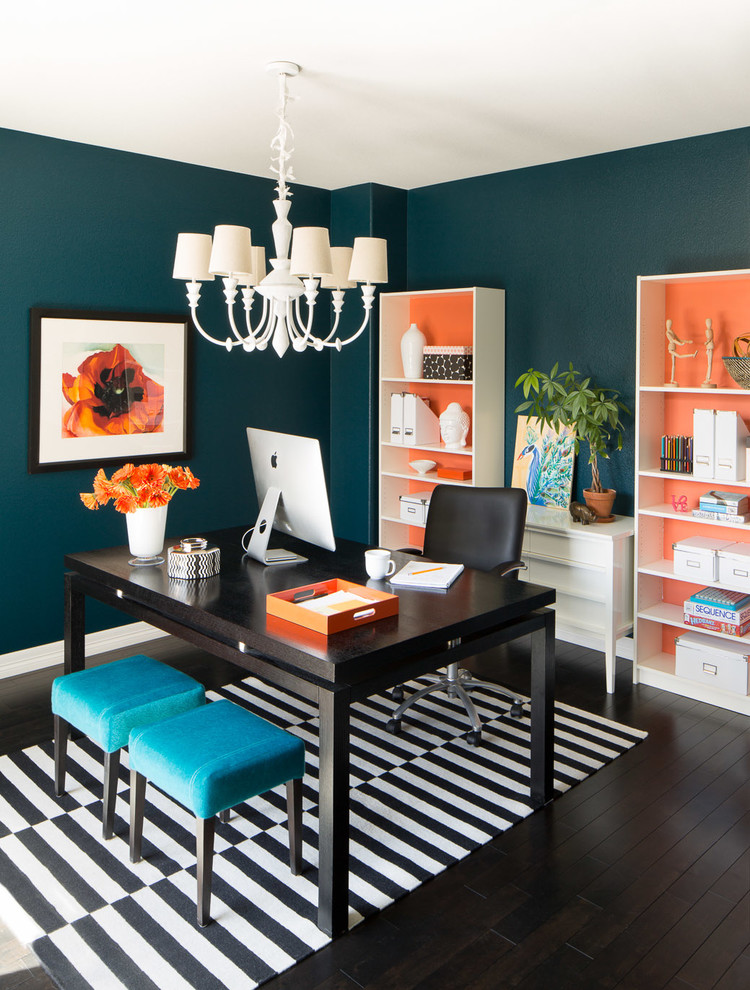
When arranging your furniture, make sure to leave plenty of space between pieces. This will create a more open and inviting space and make it easier for employees to move around. If you have a lot of bulky furniture, consider getting rid of it or storing it in a closet when not in use.
Adding Storage and Organization
In a small office, it's important to have plenty of storage space to keep things organized. This will help to create a more efficient and productive work environment. There are a few different ways to add storage to your office, including:

- Built-in cabinets: Built-in cabinets are a great way to add storage without taking up valuable floor space. You can choose from a variety of different styles and sizes to fit your needs.
- Floating shelves: Floating shelves are a great way to add storage and display items at the same time. They're also a great option for small spaces because they don't require any floor space.
- Desk organizers: Desk organizers are a great way to keep your desk clutter-free. You can choose from a variety of different organizers to fit your needs, such as file folders, pen holders, and paper trays. *
Thank you for exploring our website by interior design for small office. Your presence fuels our commitment to excellence. Come back for a more enriching experience!

